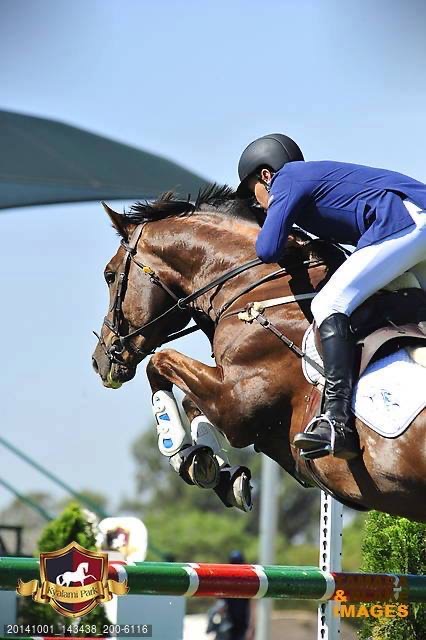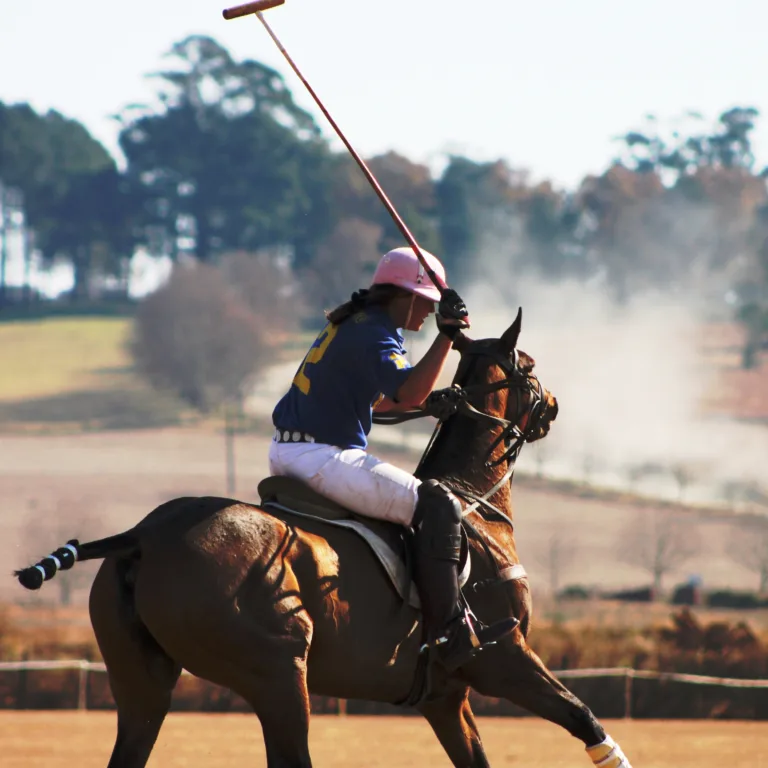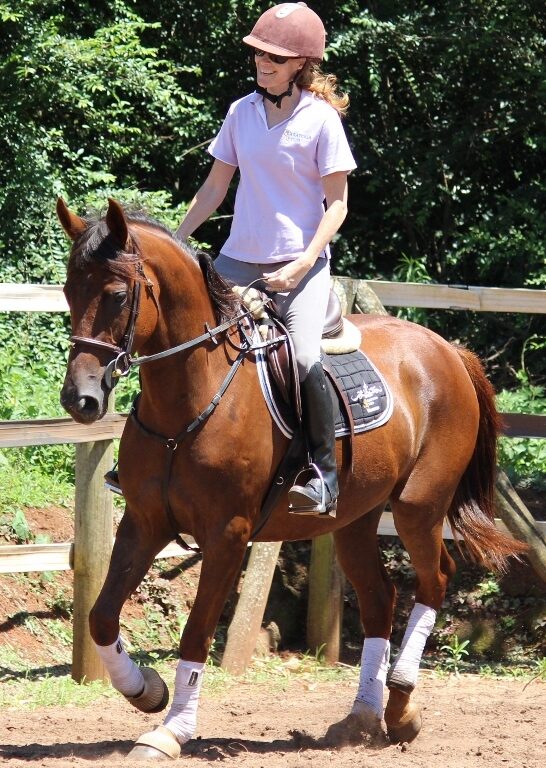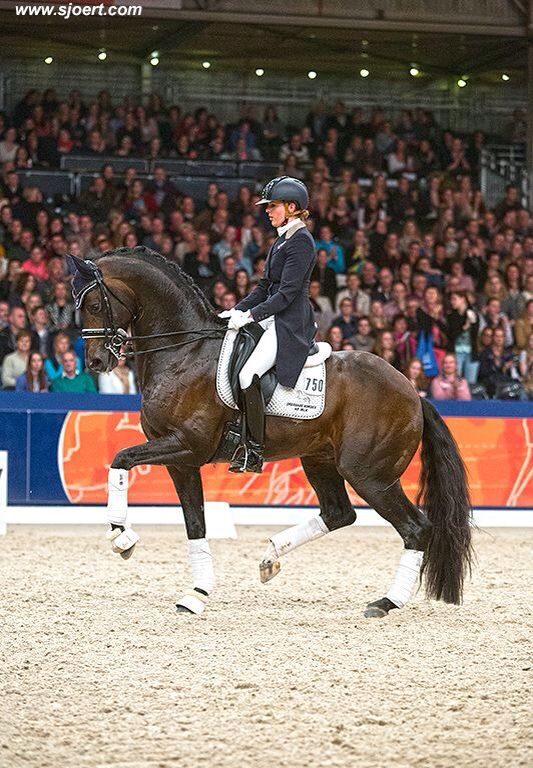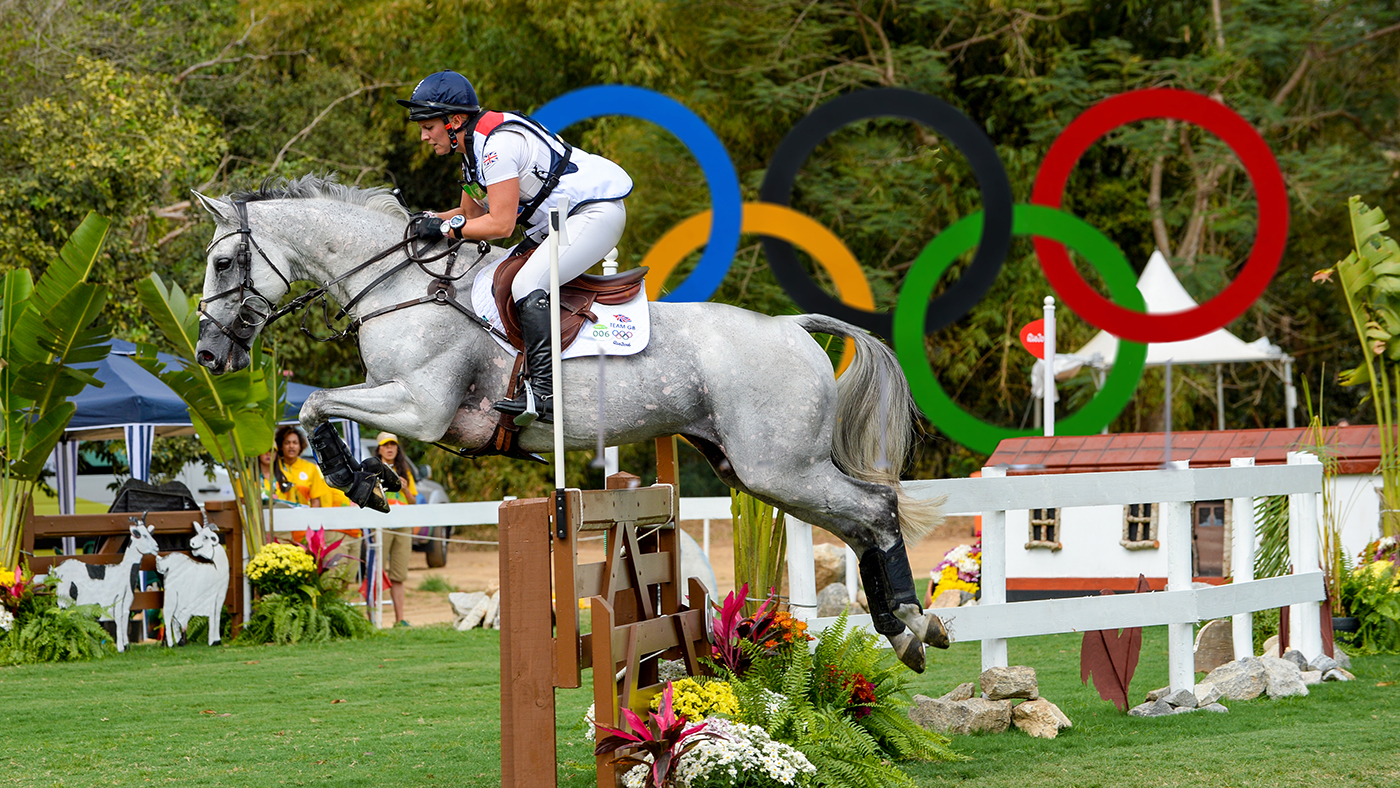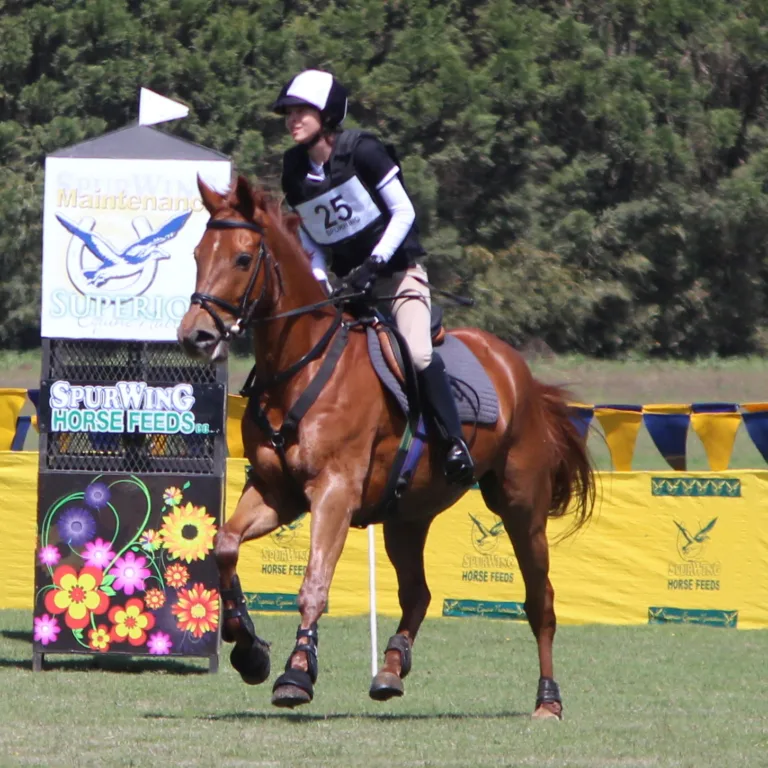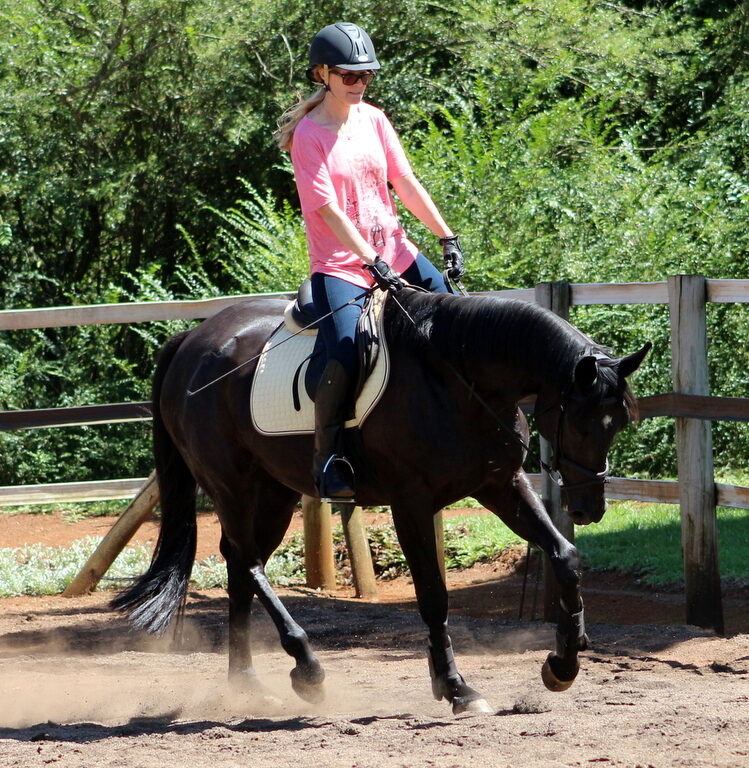The Ultimate Guide to Showjumping: Everything You Need to Know
Showjumping is one of the most thrilling and exciting disciplines in equestrian sports. It is a discipline that tests the horse’s athleticism and the rider’s skill, accuracy, and strategy.
Let’s jump right in and discover the exciting world of showjumping!
The Basics of Showjumping
Showjumping is a discipline that involves both horse and rider completing a course of obstacles, known as jumps, as quickly and accurately as possible. The objective of the sport is to jump over a series of obstacles without knocking them down, in the fastest time possible.
The course design for showjumping is different in every course built and typically includes a variety of colorful poles such as verticals, oxers, water jumps, and combinations. The height and width of the jumps will also vary depending on the level of the competition.
The history of showjumping can be traced back to the military where it was used as a training exercise for cavalry horses who needed to be able to jump literal obstables in their way. It then evolved into a sport in the early 20th century, with the first international showjumping competition held in Paris in 1901. Since then, it has become one of the most popular and prestigious disciplines in equestrian sports.
Over time, the sport has evolved, with new techniques and equipment developed to help riders and horses perform at their best. For example, the use of synthetic and lightweight materials has made jumps easier to move and adjust, while advanced training methods have helped horses to develop the necessary strength and agility to tackle more challenging courses.
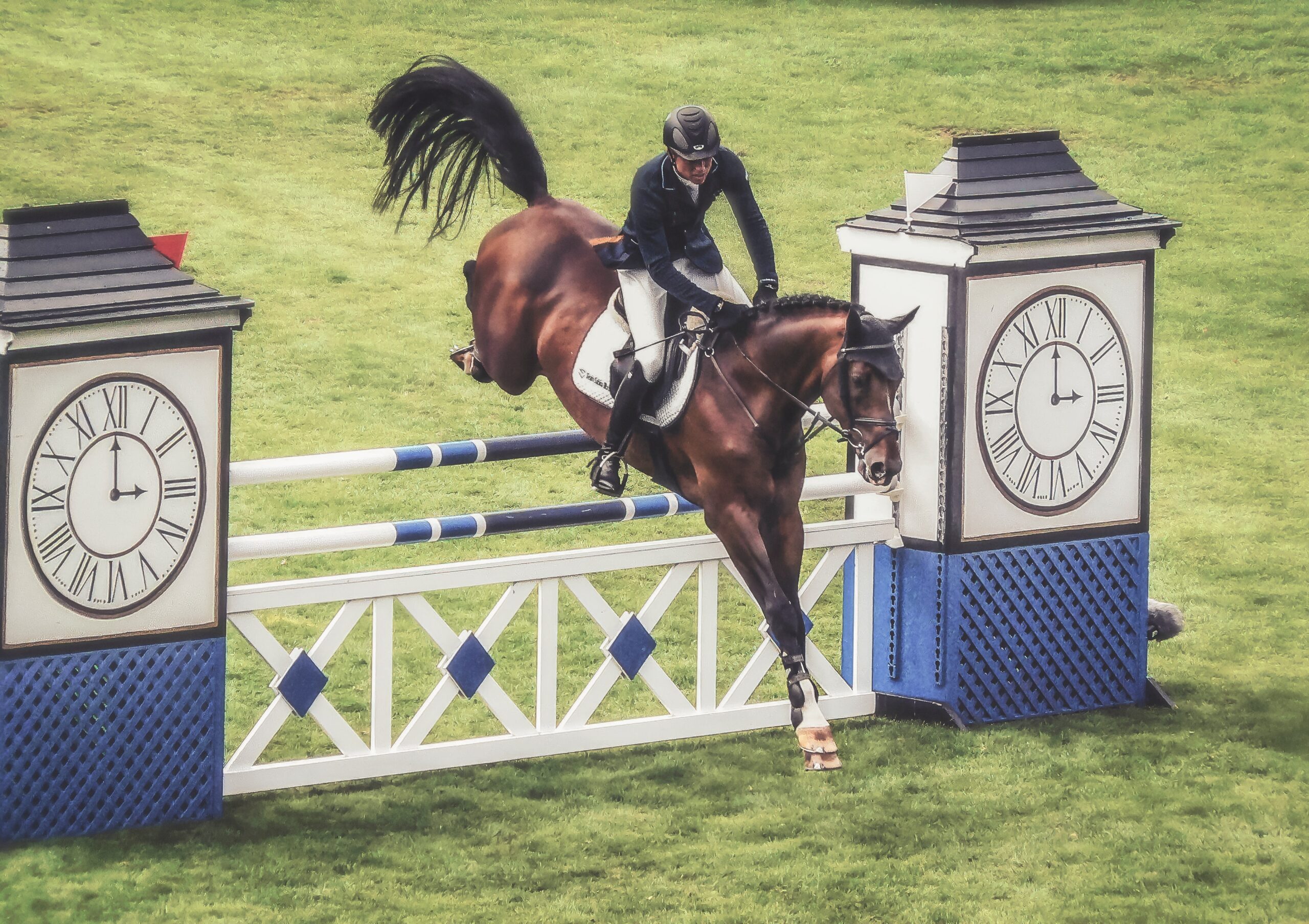
Equipment and attire
Proper equipment and attire are essential for both safety and performance in showjumping for both the horse and rider. The equipment required includes the saddle, bridle and boots for the horse, and helmet, boots, breeches, and jacket for the rider.
The horse needs to be well-trained and in good physical condition to perform at its best. The saddle and bridle should be comfortable and properly fitted to the horse to ensure optimal performance and safety. Some riders may choose to use specialized tack, such as jumping saddles and bridles, designed for showjumping.
Boots are used to protect the horse’s legs during jumping, and there are several types available, including open-front boots, ankle boots, and tendon boots. The choice of boots will depend on the horse’s individual needs and preferences.
Helmets are mandatory for all riders in showjumping, and they should fit well and be of high quality to provide maximum protection. Many riders also choose to wear protective vests, especially when jumping higher or more challenging courses.
Clothing for the rider should be comfortable, practical, and appropriate for the competition. Riding breeches or jodhpurs, a fitted shirt or show jacket, and tall boots or paddock boots with half chaps are common attire for riders. It is also essential to wear gloves for a secure grip on the reins and to prevent blisters.
Proper equipment and attire are crucial in ensuring the safety of both horse and rider during showjumping. Ill-fitting or poor-quality equipment can cause discomfort or injury, while inappropriate clothing can be distracting or even dangerous during competition. By using the right equipment and attire, riders can focus on their performance and enjoy the excitement of showjumping.

Training and Preparation
Training and preparation are critical components of showjumping success. There are various approaches to training and preparing for showjumping, and riders should focus on improving their fitness, technique, and mental preparation.
Fitness is essential for both horse and rider, as showjumping requires a high level of physical endurance and strength. Riders should incorporate cardiovascular and strength training exercises into their routine, such as running, cycling, or weightlifting. Horses can benefit from regular conditioning work, such as hill work or interval training, to build stamina and develop the necessary muscle groups.
Technique is another crucial element of showjumping, and riders must work to improve their balance, position, and timing. Exercises and drills that focus on jumping position, striding, and accuracy can be beneficial. Ground poles, gymnastic grids, and related distance exercises are also useful tools for improving technique and developing the horse’s confidence over jumps.
Mental preparation is often overlooked in showjumping but can be just as important as physical preparation. Riders should work on building their mental strength and focus through visualization, relaxation techniques, and positive self-talk. Setting goals and developing a training plan can also help riders stay motivated and focused on their objectives.
Showjumping requires a well-rounded approach to training and preparation that includes fitness, technique, and mental preparation for both horse and rider. Riders should focus on improving their balance, position, and timing through exercises and drills, and horses should receive regular conditioning work to develop their stamina and strength. Mental preparation is also essential for building confidence and focus during competition. By following these approaches, riders can improve their showjumping skills and achieve success in the sport.
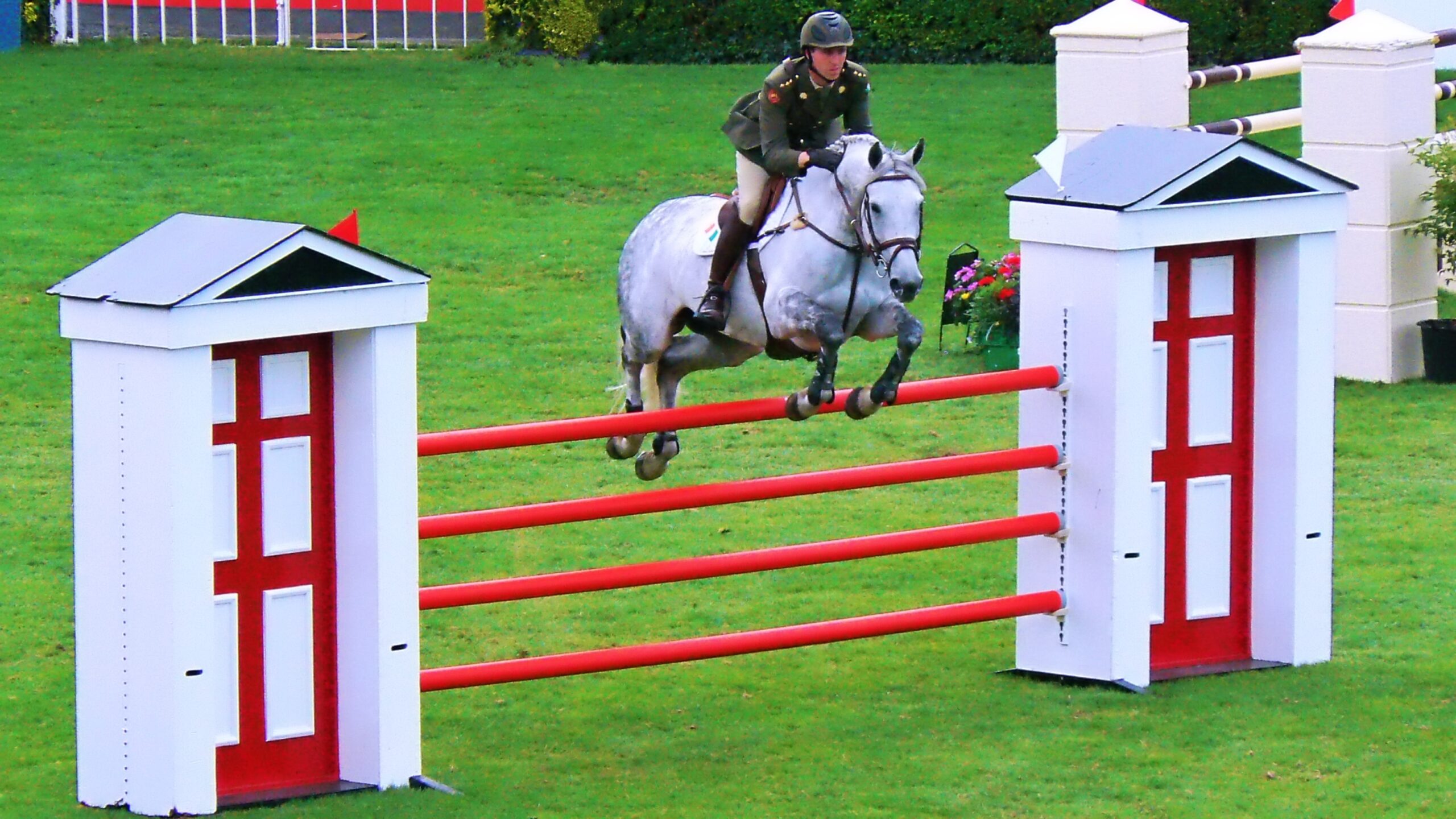
Showjumping Competitions
Showjumping competitions come in many types and levels, from local shows to international events.
The most prestigious showjumping competitions are the Grand Prix, Nations Cup, and World Cup events. Grand Prix competitions are typically the highlight of a show and feature the most challenging courses and the highest prize money. Nations Cup events involve teams of riders representing their country, with the winning team determined by the combined scores of each rider. World Cup events are held annually and feature a series of qualifying competitions leading up to the final, which showcases the world’s top riders and horses.
In showjumping competitions, riders and horses must complete a course of jumps within a specified time limit. The course consists of a series of jumps, including fences, walls, and combinations, with the height and difficulty increases as the competition progresses. Riders must clear each jump without knocking it down or refusing, with penalties given for faults such as knockdowns, refusals, or exceeding the time limit. The rider with the fewest penalties and fastest time is the winner.
The scoring system in showjumping competitions is based on faults and time. A knocked-down fence or refusal incurs four penalties, while exceeding the time limit incurs one penalty per second. The rider with the fewest penalties and fastest time is the winner. In the event of a tie, a jump-off is held to determine the winner.
Showjumping competitions come in various types and levels, with Grand Prix, Nations Cup, and World Cup events being the most prestigious. By understanding the different types of competitions and the rules and scoring system, riders, and spectators can fully appreciate the excitement and challenge of showjumping.
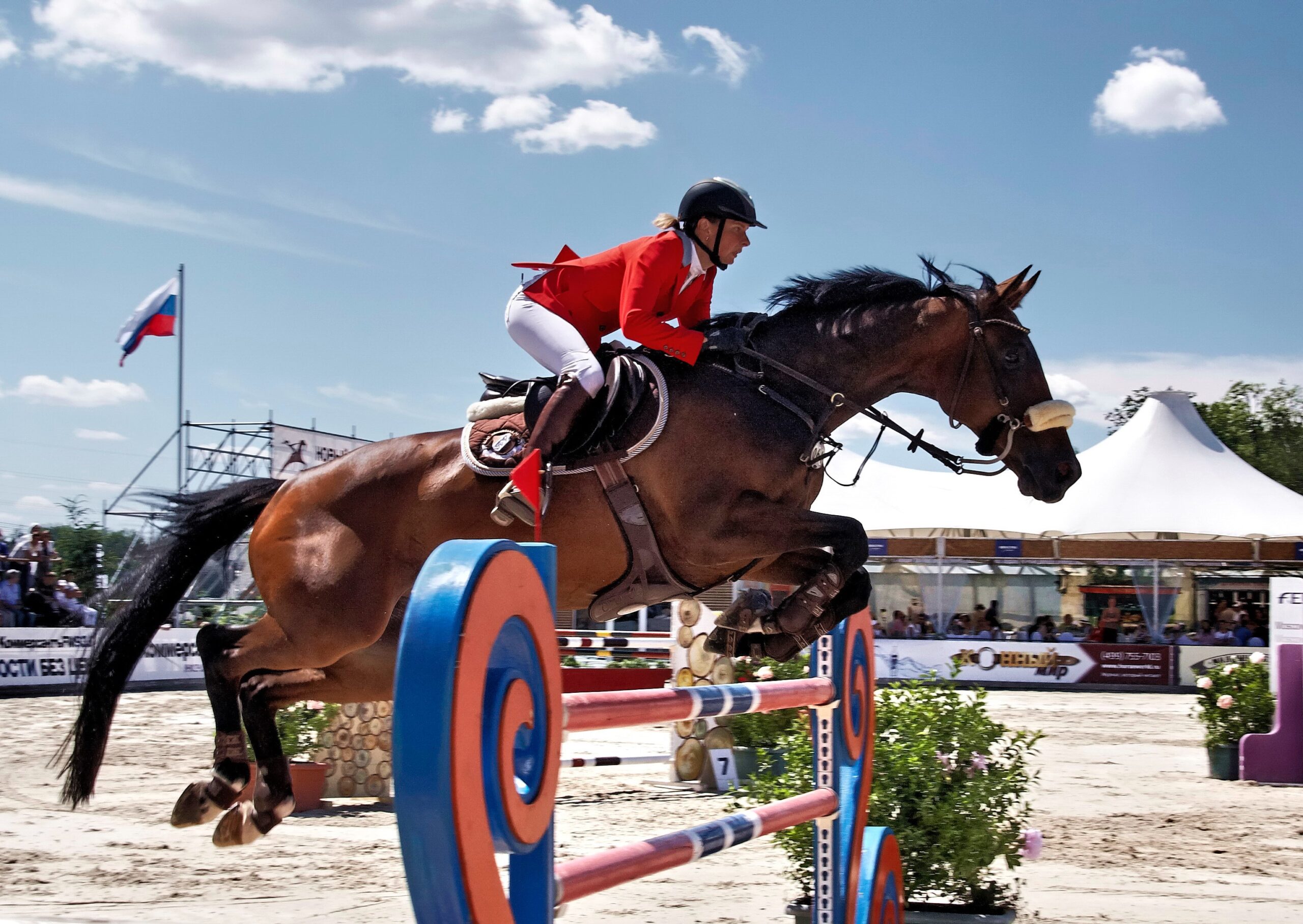
Showjumping Prospects and Careers
Showjumping offers a range of prospects and career opportunities for those interested in pursuing equestrian sports professionally. These prospects include professional riding, coaching, and horse breeding.
Professional Riding: Professional showjumping riders compete in high-level competitions and earn their livelihood from prize money, sponsorships, and endorsements. Becoming a professional rider requires a high level of skill, dedication, and hard work. Riders must have excellent riding skills, knowledge of horse training and care, and business acumen to succeed in the industry.
Coaching: Coaching is another popular career opportunity in showjumping. Experienced riders can become coaches and train riders of all levels, from beginners to advanced competitors. Coaches are responsible for teaching riders the fundamental principles of showjumping, developing training plans, and evaluating the performance of their clients.
Horse Breeding: Horse breeding is another prospect in showjumping. Breeders focus on breeding horses with the physical attributes, temperament, and talent needed for high-level showjumping competitions. Successful breeders need a solid understanding of genetics, horse care, and business acumen.
If you were interested in pursuing a career in showjumping, it is important to build your riding skills, gain experience in training and caring for horses, and network with professionals in the industry. It’s also very important to develop a strong work ethic, dedication, and passion for the sport.
History
Showjumping is a relatively new equestrian sport. When England voted in the Inclosure Acts in the 18th Century, there had been little need for horses to jump fences. Once this new law came into effect land was required to be fenced off and for the nobility to fox hunt, their horses had to jump over the fences between the fields. This was the birth of showjumping.
In the early horse shows held in France, the competitors would line up in a field and all jump together across country to jump. This was not a good spectator sport because the horses all disappeared across the fields. This is what made jumps start appearing in an arena where people could watch the competitors. This became known as Lepping. In 1869 ‘horse leaping’ came to prominence at the Dublin horse show and 15 years later these competitions were brought to Britain by 1900 all the biggest shows had Lepping classes. Women who rode side-saddle had separate classes from their male counterparts.
At this time all the principal cavalry schools in Europe preferred to use a deep seat with long stirrups when jumping. This might have made the rider feel more secure in the saddle but impeded the horse’s body to clear the bigger obstacles.
An Italian riding instructor, Captain Federico Caprilli, had a big influence on the world of showjumping with his ideas of a forward seat and shorter stirrups. This position made the rider more able to balance on the horse to give the horse a full range of movement to jump big jumps.
The first major show jumping show was held at Olympia in England in 1907. Most of the competitors were from the military and there were very few rules. Before this time there were no penalties for a refusal or pole down and were even sometimes asked by spectators to miss a jump.
The first courses were built with no imagination – just a rustic straight bar and water jump. In 1923 a meeting was held which led to the BSJA in 1925 and rules were created. In the United States, a similar need to create rules for jumping and other equestrian sports led to the formation of the American Horse Shows Association in 1917 which became the United States Equestrian Federation.
An early form of show jumping was held at the Olympic Games in 1900. Showjumping, as it is today, appeared in 1912 and has been there ever since. Its popularity has risen due to it being an exciting spectator sport that is very good to watch on television.
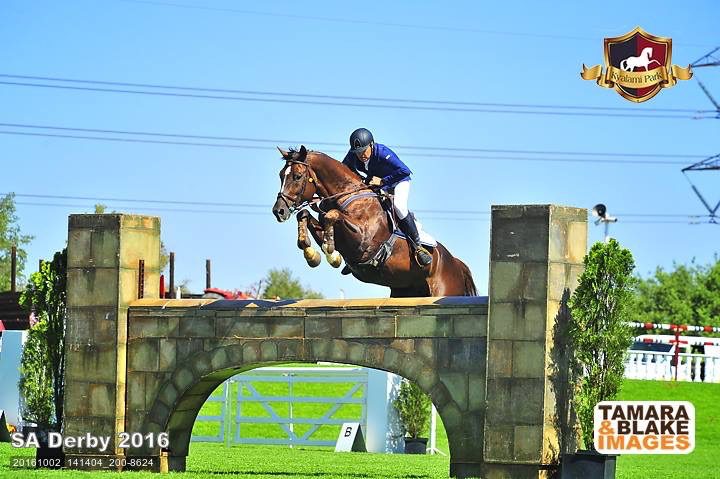
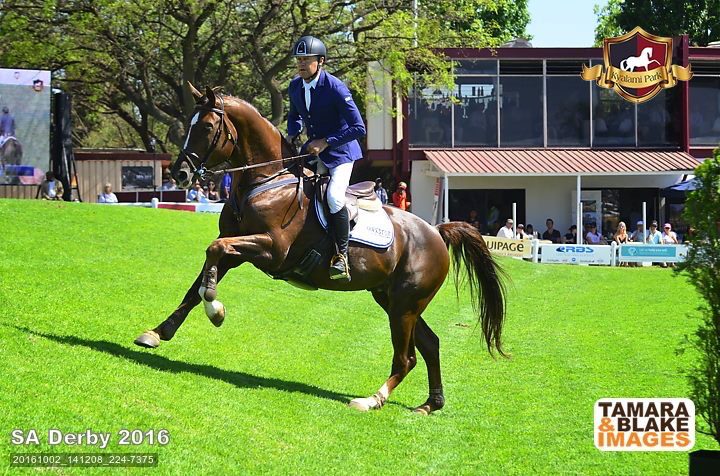
How showjumping is scored
- Jumping penalties: these are assessed for refusals and poles down with each refusal and pole down adding 4 faults to the rider’s score.
- Penalties for knockdowns are only given if the height of the jump has been changed. If the horse knocks down a middle pole in a jump it is not counted as a fault as it has not altered the height of the jump.
- Refusals are now 4 faults and a rider will be eliminated at the second refusal. A refusal is a stop at a jump or a run out of the side of the jump.
- A refusal that results in the jump being knocked down will not result in four faults for the poles falling down but will get 4 faults for the refusal.
- Time penalties are calculated where each second or fraction of a second over the given time will result in 1-time penalty.
- If a horse has a refusal in a combination it must take the combination from the first jump again.
Tack used
A close contact, very forward style of English saddle is used. This has a forward knee roll and the seat is flatter than saddles designed for general purpose. This saddle allows for greater freedom of movement for the rider on the horse over the jump, allowing the horse to have full use of its back and neck to bascule over the jump. The rider also uses a shorter stirrup allowing the rider to sit lighter on the horse.
At international levels, the saddle blanket/numnah are usually white allowing for their national flag or sponsorship to be able to show. Girths can vary in size and shape with many having belly guards to protect the underside of the horse from being hit by their front shoes and studs which are used for the horse to have a better grip in grass-type arenas when the horse brings his front legs up over the jump.
Bridles can have a variety of bit attached, riders can choose what bit their horse goes best in. The ground judges at a show will have a look at the horse’s bit and can eliminate a rider from a class if they think it is not a fair bit.
Boots or wraps are used to protect the horse’s legs from injury if a pole is knocked as well as to protect the back of their legs from injury to the front legs by overreaching.
Martingales are most common. These don’t allow the horse’s head to come up too high when coming into a jump or while on the course. Mostly these are running martingales as these provide the most freedom for the horse over jumps. Breastplates are also common to keep the saddle in place on the horse.
Rider gear
An approved riding helmet is always required. Tall boots, most often black are required. Spurs are optional but are most often used. Breeches are usually white but can also be beige. A dark-colored jacket is worn with a white show shirt under the jacket. Gloves are optional, these are usually black.
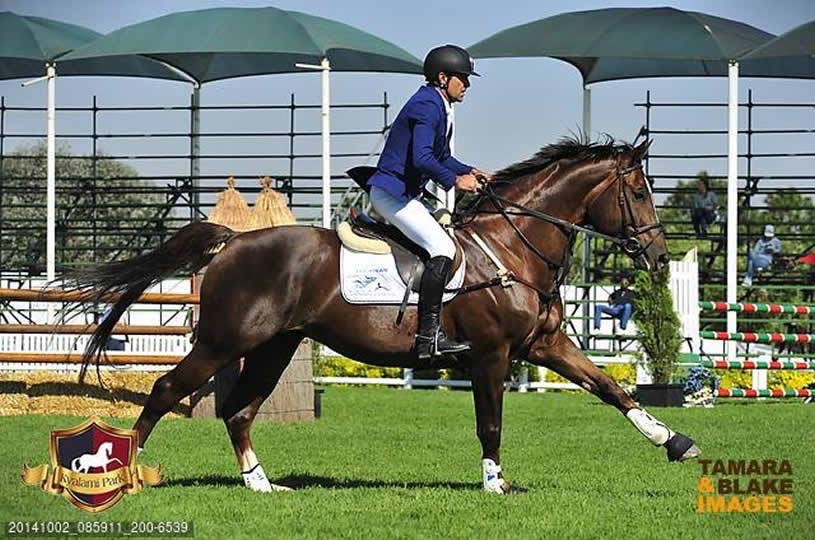
in conclusion
Showjumping is an exciting and challenging equestrian discipline that requires a combination of skill, knowledge, and dedication.
Showjumping is much more than just jumping over obstacles. It’s a sport that requires a deep understanding of your horse’s psychology, proper equipment and attire, and meticulous training and preparation. The different types of competitions and career opportunities in showjumping highlight the diversity of the discipline and the many paths that one can take to pursue their passion for the sport.
We hope reading this has inspired you to explore the world of showjumping and learn more about this exciting equestrian discipline. Whether you’re an experienced rider or new to the sport, there’s always something new to discover in showjumping. So grab your helmet, saddle up, and let’s jump into the world of showjumping!
Further Reading
World of Showjumping: Equestrian Sport Enter in the equestrian universe with World of Showjumping : news, rankings, next events, archives…
JumpingFEI › Results › Pages › Online_RankingsJumping is a spectacular mix of courage, control and technical ability that makes it easy to see why it’s one of the 3 equestrian Olympic sports. Jumping.

